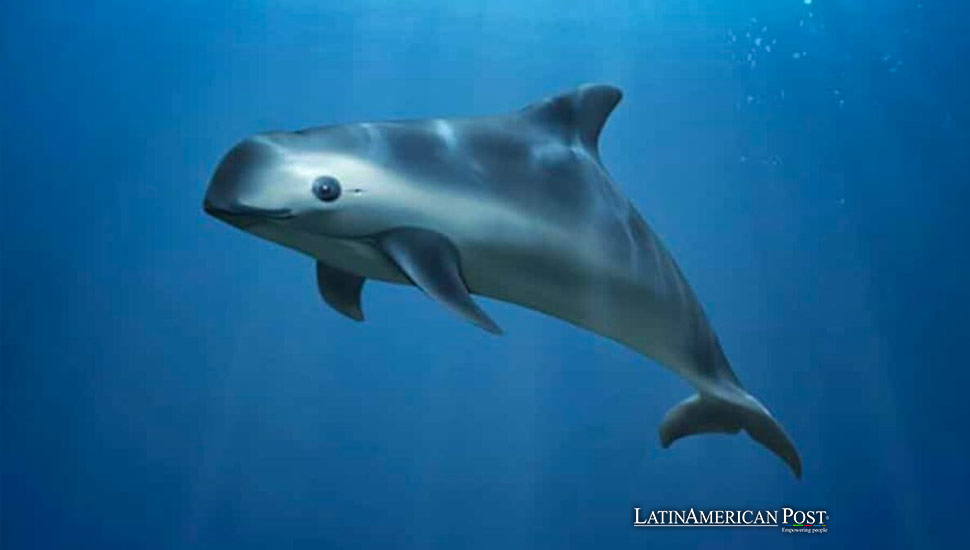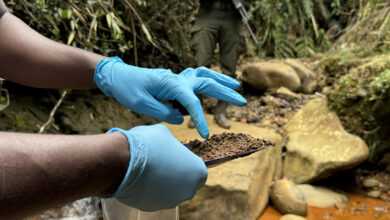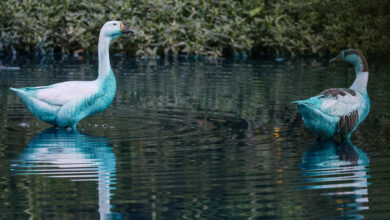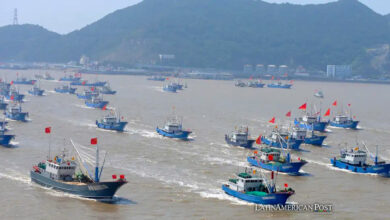Mexico’s Vaquita Marina Population Sees Low Numbers with Only Nine Sightings

The ‘Crucero de Observación Vaquita Marina 2024’ reported nine vaquita sightings, fewer than last year’s thirteen, yet experts maintain that the population is stable. Efforts continue to protect this critically endangered species in Mexico’s Gulf of California.
In early June, the Comisión Nacional de Áreas Naturales Protegidas (Conanp) announced the findings of the ‘Crucero de Observación Vaquita Marina 2024.’ The survey recorded nine vaquita sightings from May 5 to May 26. This number is slightly down from the thirteen sightings reported in 2023. Despite this decrease, experts believe that the vaquita marina population remains stable.
Barbara Taylor, an independent scientist responsible for the sightings during the expedition, emphasized in a virtual conference that the lower number of observed vaquitas should not be interpreted as a population decline. She highlighted the resilience of these creatures, pointing out the likelihood of vaquitas outside the monitored Zero Tolerance Zone (ZTC), a protected area where no fishing is allowed.
Understanding the Vaquita Marina
The vaquita marina, a unique species endemic to Mexico’s northern part of the Gulf of California, is the world’s smallest and most endangered porpoise. It grows to about 4 to 5 feet and weighs around 95 pounds, making it a fascinating creature to study. Its dark eye patches and lip patches on a pale gray body make it easily recognizable. This species prefers shallow, murky waters, a habitat that adds to its vulnerability to fishing nets. With a lifespan of about 20 years, vaquitas reproduce slowly, with females giving birth to a single calf every two years. Their primary threat is entanglement in gillnets used for illegal fishing of the totoaba fish, whose swim bladders are highly prized in traditional Chinese medicine.
Taylor recalled the dramatic decline of this critically endangered species, noting a 95% decrease since 1997, when the population was estimated at around 567 individuals. This decline has been largely attributed to the entanglement of vaquitas in gillnets used for fishing other species. The vaquita marina, known as the world’s smallest porpoise, is endemic to Mexico and inhabits the northern waters of the Gulf of California.
Conservation Efforts Intensify Amid Stable Population
The survey’s findings highlight the importance of continued conservation efforts. Pritam Singh, the director general of Sea Shepherd, a marine conservation organization involved in the project, stressed the organization’s commitment to saving the vaquita. “Saving the vaquita is our priority. We will continue to work with the Mexican government to achieve our environmental goals,” Singh stated.
Conanp’s head, Humberto Adán Peña, detailed ongoing projects involving local communities in vaquita conservation. These initiatives, which include training programs for young locals in vaquita observation and promoting alternative fishing methods that do not harm these animals, underscore the crucial role of local communities in conservation efforts. Taylor echoed this sentiment, stating that “vaquitas will not recover until there is a collaboration with fishermen and they are encouraged to adopt fishing methods that do not kill vaquitas.”
The 2024 observation cruise, a collaborative effort involving leading global experts in porpoise observation, covered the ZTC in the Alto Golfo de California Biosphere Reserve and the Colorado River Delta Biosphere Reserve. This joint initiative underscores the significance of international cooperation in monitoring and protecting the vaquita marina, a species that is not just a local concern but a global conservation priority.
The vaquita marina, a symbol of conservation challenges in Latin America, highlights the broader issues of biodiversity loss and the impact of human activities on marine ecosystems. Its critical status has drawn international attention, leading to various conservation strategies and the involvement of organizations like Sea Shepherd. The plight of the vaquita marina is not just a local concern but a global call to action, reminding us of the urgent need to address environmental challenges in Latin America and beyond.
Latin America has a rich history of biodiversity, yet it faces numerous environmental challenges. The region is home to an incredible variety of ecosystems, from the Amazon rainforest to the Andean mountains and the coastal waters of the Gulf of California. However, these ecosystems are constantly threatened by activities such as deforestation, mining, and unsustainable fishing practices.
The vaquita marina’s situation is a stark reminder of the delicate balance between human activities and environmental conservation. The species’ decline began decades ago, primarily due to the demand for totoaba fish bladders, which are highly valued in traditional Chinese medicine. Totoaba fishing has led to the widespread use of gillnets, which inadvertently trap and kill vaquitas.
Despite establishing the ZTC and other protective measures, illegal fishing poses a significant threat to the vaquita. The challenge lies in enforcing these protections and finding sustainable solutions that benefit the local communities and the environment. Programs that promote alternative livelihoods and sustainable fishing practices are crucial for the long-term survival of the vaquita and other endangered species.
Environmental DNA (eDNA) studies are an emerging tool that could help estimate the presence of vaquitas in areas beyond the current monitoring zones. This method involves collecting and analyzing DNA from water samples to detect the genetic material of various species. eDNA studies could provide valuable insights into the vaquita’s distribution and help inform future conservation strategies.
Collaborative Efforts and Future Prospects
The broader context of vaquita conservation also involves addressing the socioeconomic factors that drive illegal fishing. Many local fishermen depend on fishing for their livelihoods, and the transition to alternative practices requires support and incentives. Collaborative efforts between government agencies, conservation organizations, and local communities are essential to create sustainable solutions.
Latin America’s history is marked by the interaction between its diverse ecosystems and human societies. From pre-Columbian civilizations that revered nature to modern-day efforts to balance development with conservation, the region’s relationship with its environment has always been complex. The vaquita marina’s story is a contemporary chapter in this ongoing narrative.
Conservationists remain hopeful that the vaquita marina can be saved from extinction with continued efforts and innovative approaches. The ‘Crucero de Observación Vaquita Marina 2024’ is a testament to the dedication of scientists, conservationists, and local communities working together to protect this unique species. While the challenges are significant, the commitment to preserving Latin America’s natural heritage remains strong.
As the world becomes increasingly aware of the importance of biodiversity and the need for conservation, the vaquita marina is a poignant example of the urgent need to protect endangered species. The collaborative efforts in the Gulf of California can serve as a model for other conservation initiatives worldwide, demonstrating that it is possible to make a difference with determination and cooperation.
Also read: Drought Devastation in Mexico Leads to Mass Fish Deaths and Rural Exodus
The vaquita marina’s situation highlights Latin America’s broader environmental challenges. The region’s rich biodiversity is both a treasure and a responsibility. Protecting endangered species like the vaquita requires a multifaceted approach that includes scientific research, community involvement, and sustainable development practices. The story of the vaquita is a call to action for all who care about the future of our planet and its incredible diversity of life.





